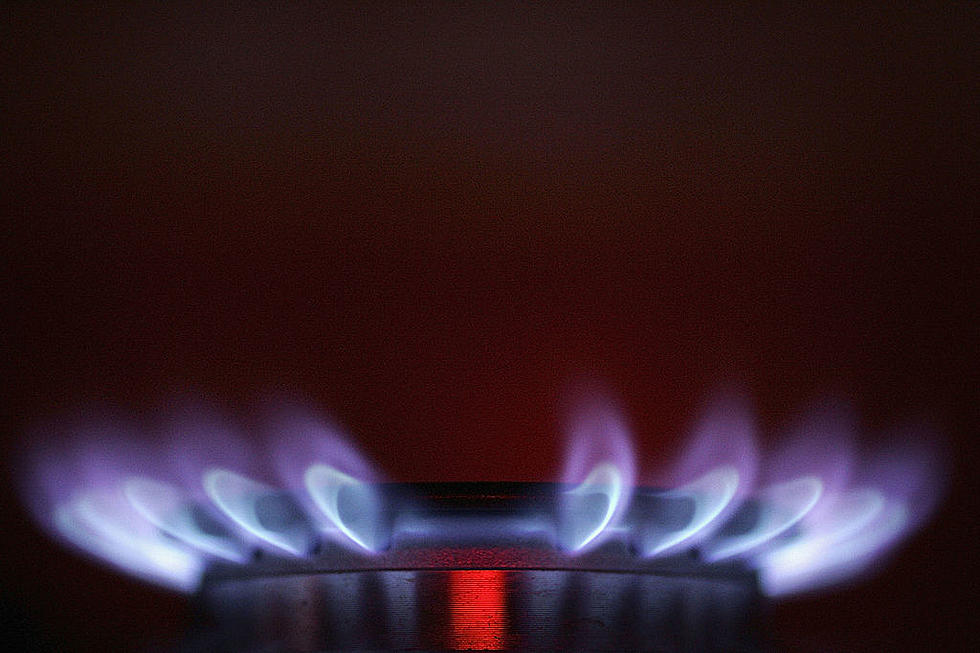
New York’s Gas Ban Moving Forward With Changes
There are a lot of changes on the horizon for residents of the Empire State after the passage of the most recent New York State Budget.
State officials have been on a banning spree and the biggest thing in their sights have been fossil fuel use in New York. With the passage of several high profile laws over the last few years, it looked like New York would be leading the nation in requiring everyone to change over to all-electric. The change over would impact everything from home heating to cars and everything in between.
Then, the Buffalo Blizzard of '22 happened, which caused some officials to potentially reconsider the banning the use of gas heat in homes, as many people were only able to survive due to having a gas stove in their kitchen after widespread power outages.
Any thoughts about New York walking back its gas ban was short lived as the state made a major step forward in banning fossil fuel use, but albeit with a few changes.
So What's Changing About New York's Gas Ban?
New York is still requiring all new buildings constructed to be all electric, along with natural gas or other fossil fuel hook-ups being banned. But that ban will no longer apply to existing structures.
So existing building and home owners will not have to retrofit their homes starting in 2030 as it was originally expected.
Also, New York is making additional rebates and resources available to help people upgrade their equipment if they chose to begin using a heat pump or other more energy efficient equipment.
This is welcome news for many because it was estimated that it would cost several thousands dollars for the average New York homeowner to update their home to all electric if the State moved forward with its original plans.
5 Very Buffalo Ways To Predict The Weather
LOOK: The most expensive weather and climate disasters in recent decades
These Counties Have The Most HEAP Recipients Per Capita In New York
More From 93.7 WBLK









